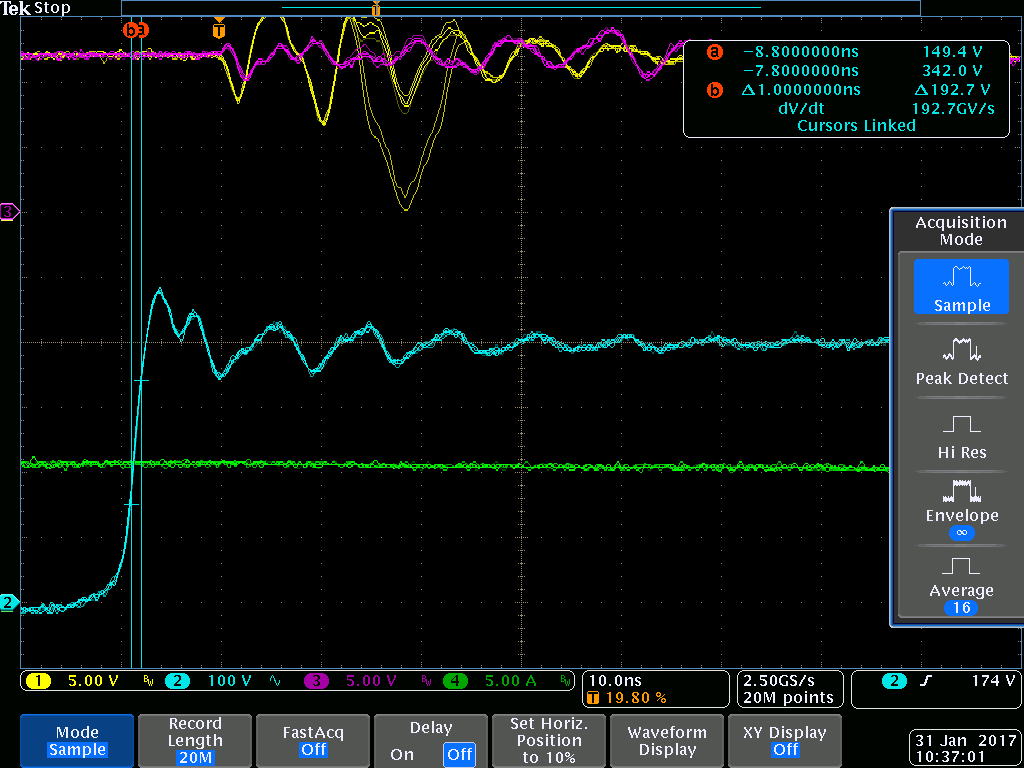I am wondering what issue happen if the CMTI over 100V/ns.
-
Ask a related question
What is a related question?A related question is a question created from another question. When the related question is created, it will be automatically linked to the original question.


